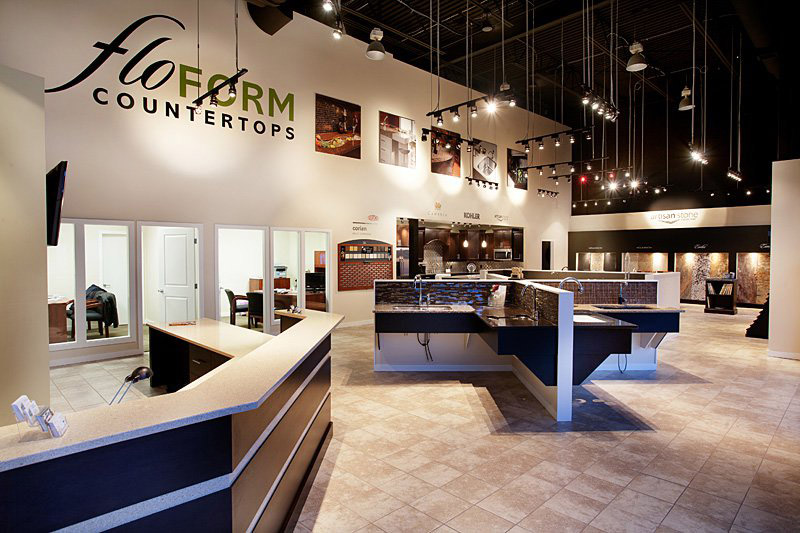How much should you charge for a finished countertop installation? Is it a function of what the competition is doing, how robust the economy might be, or simply a multiplier of raw materials costs? And why do countertop prices vary so wildly from one part of the country to another? Certainly all of these factors must be taken into consideration, but one important question looms large: who delivers the most added value to the countertop project?
Ted Sherritt, CEO of FLOFORM in Western Canada has this to say: “We’re trying to be the full service provider, and that’s where we think the value is,” he says. “Whoever owns that customer should be able to make the most money on the deal.”

The Value Proposition
Which means it all comes down to a basic value proposition. The guy who pulls the slab out of the mountain, polishes it and puts it on a boat adds value to the stone, but his contribution is so far removed from what the homeowner sees in her kitchen it is hard to attach a great deal of value. The same concept applies to distributors, who sometimes may have contact with the final end user and can add a few more points to the price of the slab, but for the most part are unable to attach a lot value to the final installation. Prices per square foot at this point in the value chain range in the single to low double digits.
But then it gets interesting. “When you put the slab in the house, it’s $90 for that same square foot,” Sherritt says. “When you’re standing in Mrs. Smith’s kitchen getting her to write you a purchase order, that’s where the value is, because we can control that. We can sell her a beautiful countertop. We can sell her a beautiful sink, nice set of faucets, and a tile backsplash. We can add all that value.”
Wholesale vs Retail
But let’s say you fabricate and install for someone else – a retailer, for example – which means you have no official connection to the end-user. Even though your physical contribution to the final product is practically the same as for a fabricator who handles the entire sale in-house, the opportunity for adding significant margin is limited. That is because the customer attaches a certain value to her relationship with the re-seller. And in this instance, it is he who controls the customer.
“They have the opportunity to do well if they control the customer and can add value at their point,” explains Sherritt. “Once the reseller gets the customer to the showroom, they must prove why she needs to buy from them, why they’re going to deliver the best value. Ideally, that retailer is tied to someone who is going to do a really good job of fabricating and installing the countertop. If he knows that the customer satisfaction level is going to be high after every experience they have with the fabricator, that guy can put 15, 20 points on the job by doing very little.”

So, in general terms, when pricing your products you must have a good understanding of who actually controls the end user in the sale. For many fabricators who sell to both retail and wholesale customers or, perhaps, even fabricate for other fabricators, identifying who ultimately owns each customer can help provide focus and a clear sense of direction when assigning value to their own contribution.
Listen to Ted & Patrick discuss who owns the customer: Listen to StoneTalk »
